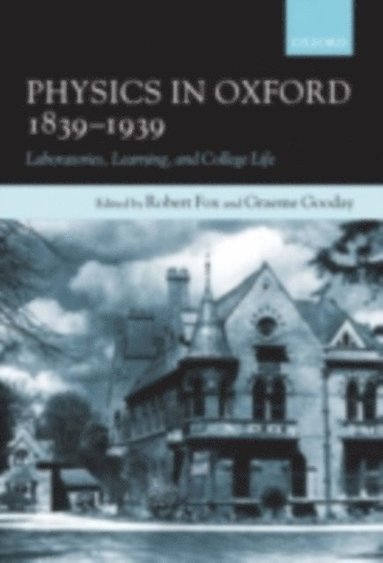
Fler böcker inom
- Format
- E-bok
- Filformat
-
PDF med LCP-kryptering (0.0 MB)
Om LCP-krypteringPDF-böcker lämpar sig inte för läsning på små skärmar, t ex mobiler. - Nedladdning
- Kan laddas ned under 24 månader, dock max 6 gånger.
- Språk
- Engelska
- Antal sidor
- 386
- Utgivningsdatum
- 2005-06-16
- Förlag
- OUP Oxford
- ISBN
- 9780191524455
Physics in Oxford, 1839-1939 E-bok
Laboratories, Learning and College Life
E-bok (PDF, LCP),
Engelska, 2005-06-16
Finns även som
Kundrecensioner
Har du läst boken?
Sätt ditt betyg »
Fler böcker av författarna
-
Oxford Handbook of the History of Physics
Jed Z Buchwald, Robert Fox, Robert Fox
-
The Oxford Handbook of the History of Physics
Jed Z Buchwald, Robert Fox, Robert Fox
-
Education, Technology and Industrial Performance in Europe, 1850 1939
Anna Guagnini, Robert Fox
-
Conscientious Sorcerers
Robert E Fox, Robert Fox
Du kanske gillar
-
Atomic Habits
James Clear
Trade paperback (UK) -
Let Them Theory
Mel Robbins
Inbunden -
Question 7
Richard Flanagan
Häftad -
John and Paul
Ian Leslie
Inbunden
